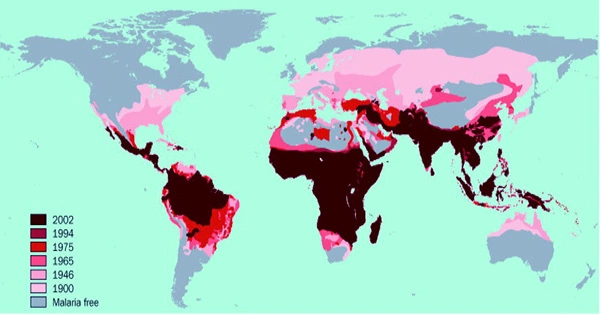An article in The Lancet Global Health journal has drawn attention to the growing risk that malaria could become endemic in areas that are not generally affected by the disease.
Over the next ten years, there is a real risk that malaria will spread to warmer European nations near the Mediterranean due to the high urban population growth of the invasive mosquito species Anopheles Stephensi in the east to west Africa.
Although this mosquito was first found in Africa in Ethiopia in 2012, it is native to both rural and urban China, as well as other parts of Asia and the Middle East.
It behaves similarly to the Aedes mosquito, which is to blame for the dengue virus’s rising morbidity and presence in 129 countries. Action is necessary to stop the spread of disease because of this.
The MENTOR Initiative presented the article, which described how this species has evolved to breed, like Aedes, in artificial water containers in densely populated urban areas, which may have an impact on millions of people.
Patients infected with malaria are more likely to experience severe symptoms and die as a result of having a higher risk of immunological susceptibility in urban populations than in rural ones.
We must intensify our response to halt the spread of dengue viruses and other Aedes-borne viruses as well as the potentially quick development of urban malaria transmission, according to Richard Allan, CEO of MENTOR and the paper’s primary contributor.
Additionally, it is crucial that A stephensi surveillance be incorporated into both new and ongoing entomological surveillance programs in Europe.
“Controlling A Stephensi and malaria in urban African environments presents technical obstacles, but they are no more complicated than controlling infections conveyed by Aedes mosquitoes. In order to effectively safeguard the millions of people in danger, disease control and health organizations should collaborate with water and sanitation providers, urban planners, and other relevant agencies.
“Determinate, proactive, integrated control across invasive disease vector species in urban settings will yield genuine impact for donor investment and regained trust for the years ahead,” says the report.
















